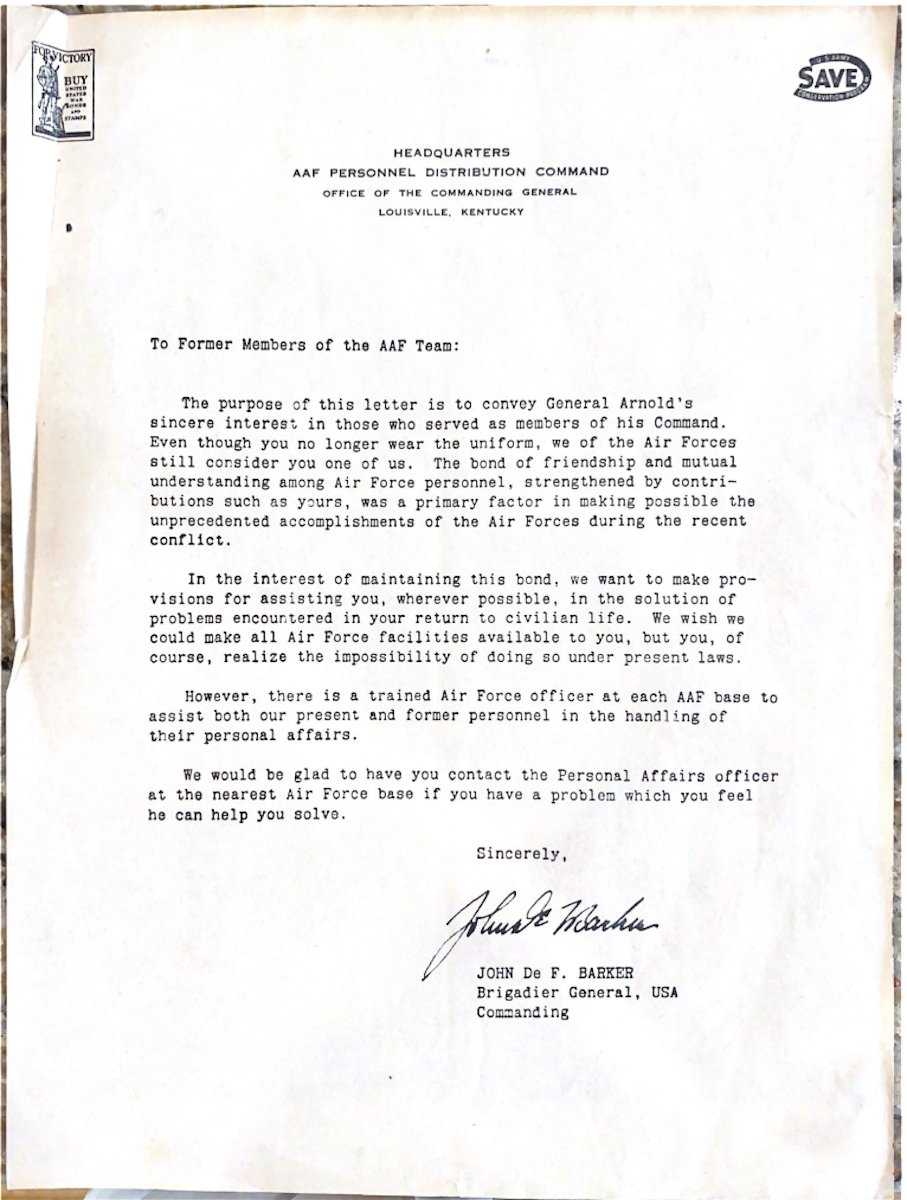2nd Lieutenant Thomas L. Landor
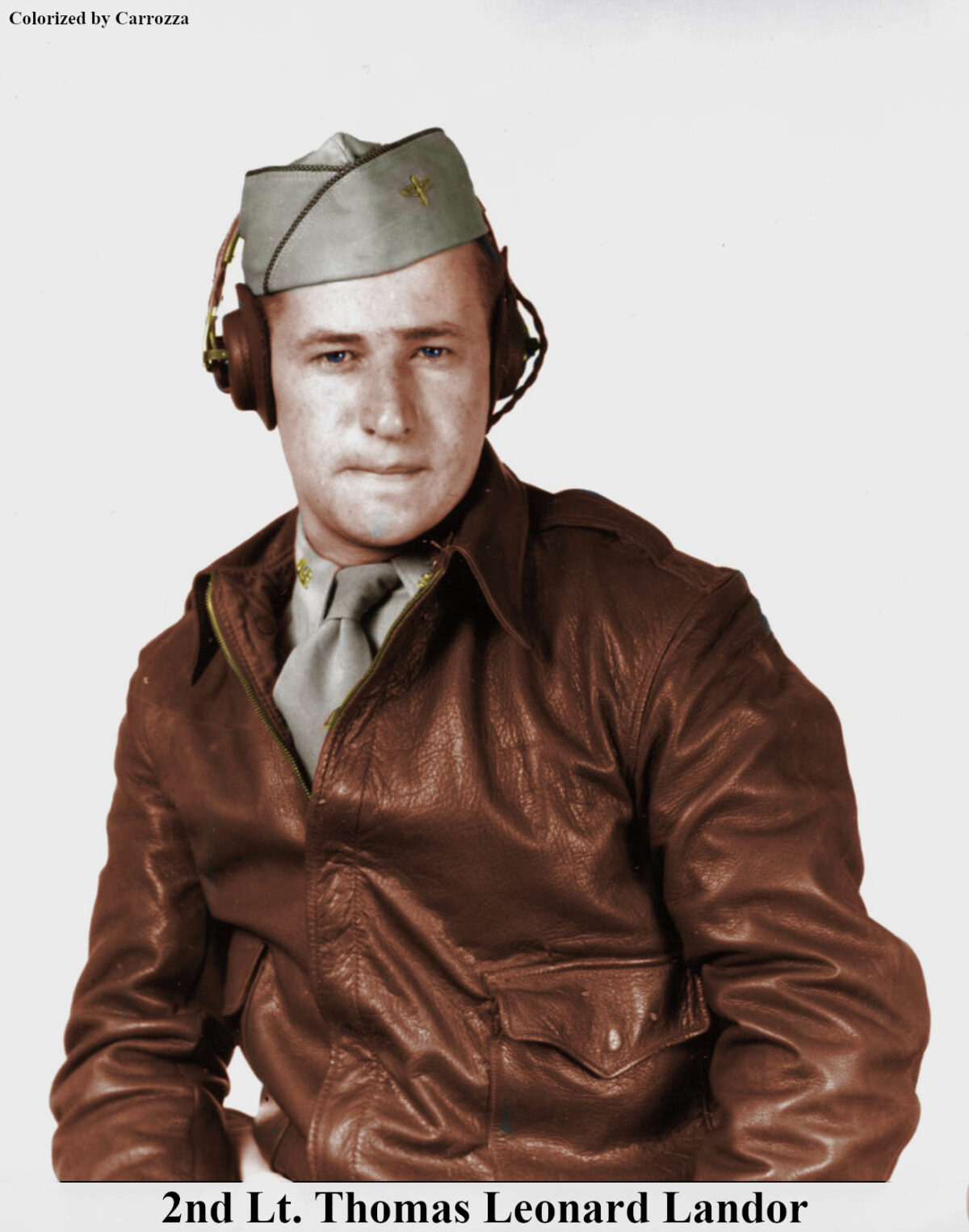
Click and image to enlarge
From correspondence with daughter, Sandra Gollenberg –
“I’m very interested in my father’s service during WWII. He died when I was in high school and my mother seldom talked to him about his war experiences. His name is 2nd Lieutenant Thomas Leonard Landor of the Army Air Force 9th Bombardment Division- 344 Bomb Group- 494 Bomb Squadron. He was a graduate of the AAF Bombardier School in Deming, New Mexico and accepted appointment 7/22/44. His service duration ran from 7/22/44 – 6/7/45. He participated in 29 missions over Germany.”
Combat Time:
On September 30, 1944, the 344th Bomb Group moved to Cormeilles-en-Vexin, France, thus 2nd Lt. Landor’s flying began there.
January 1945 – 21, 28, 29 10.5 hours
February 1945 – 2,14,22,23,24,26,28 Total 37.5 hours
March 1945 – 2, 3, 5, 9,11,18, 20, 21, 22, 23, 24, 25,26, 30, 31 Total 101 hours
On 5 April 1945, the 344th moved from France to Florennes-Juzaine, Belgium. From that point til the end of the war, Belgium was Landor’s home base.
April 1945 – 8, 9, 11, 12, 17, 19, 25 Total 28.75 hours
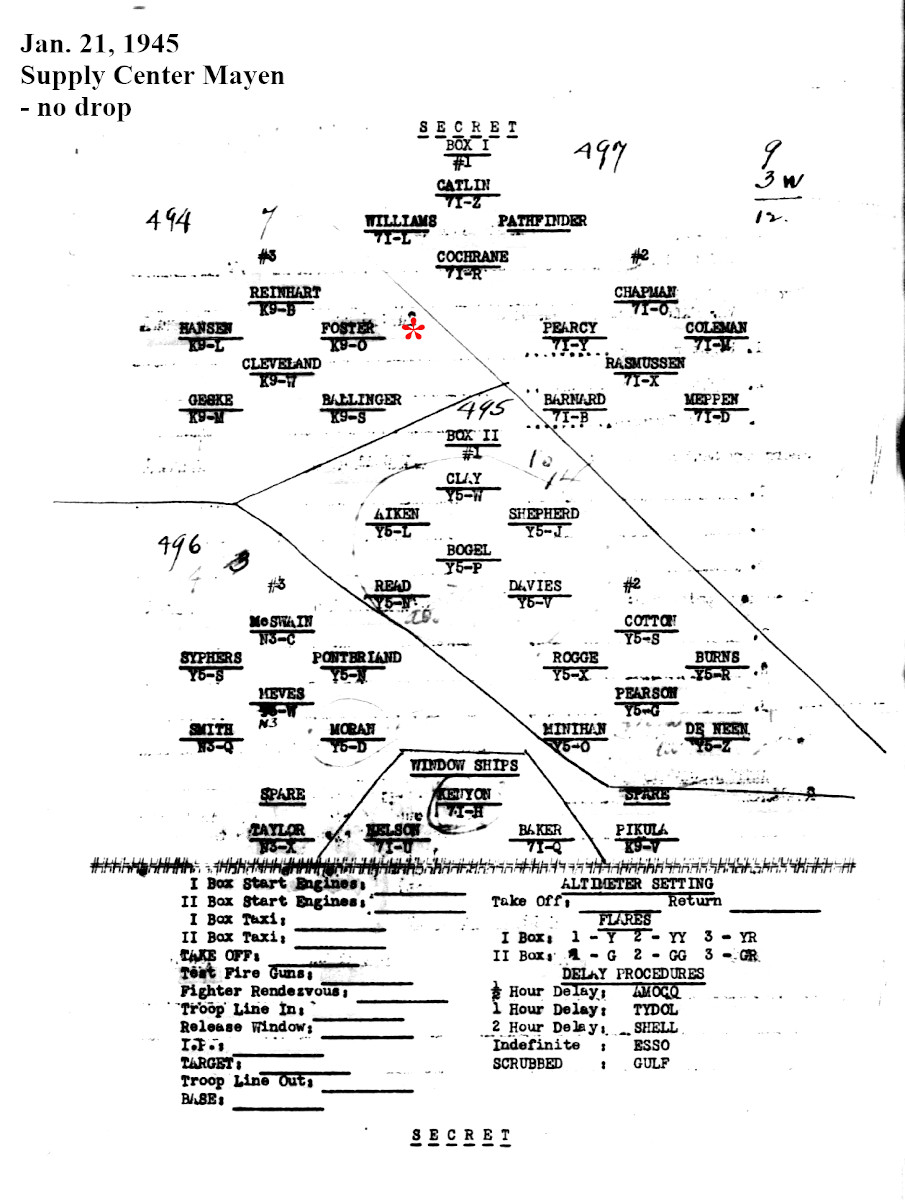
On his first mission with the 344th BG, 2nd Lt. Landor flew in position 1-3-2 with Foster as his pilot.
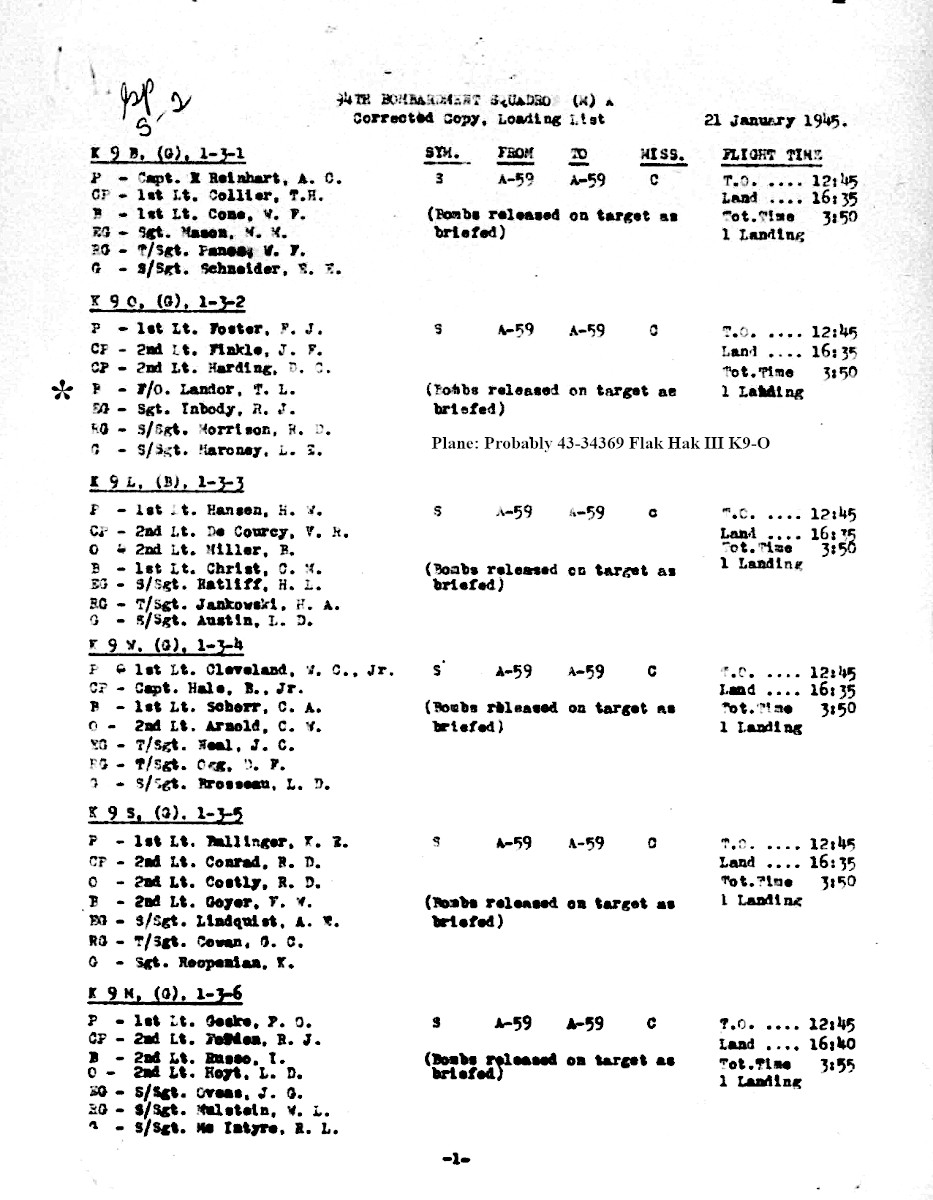
During the mission of Jan. 21, 1945, the crew consisted of; Foster, Pilot; Finkle, Co-Pilot; Harding, Co-Pilot; Landor, Bombardier; Inbody, Eng./Gun; Morrison, Radio/Gun; Maroney, Tail Gun. The plane was K9-0 and was likely 43-34369 Flak Hack III. They took off at 12:45 and landed at 4:35 (a 3:50 minute flight.)
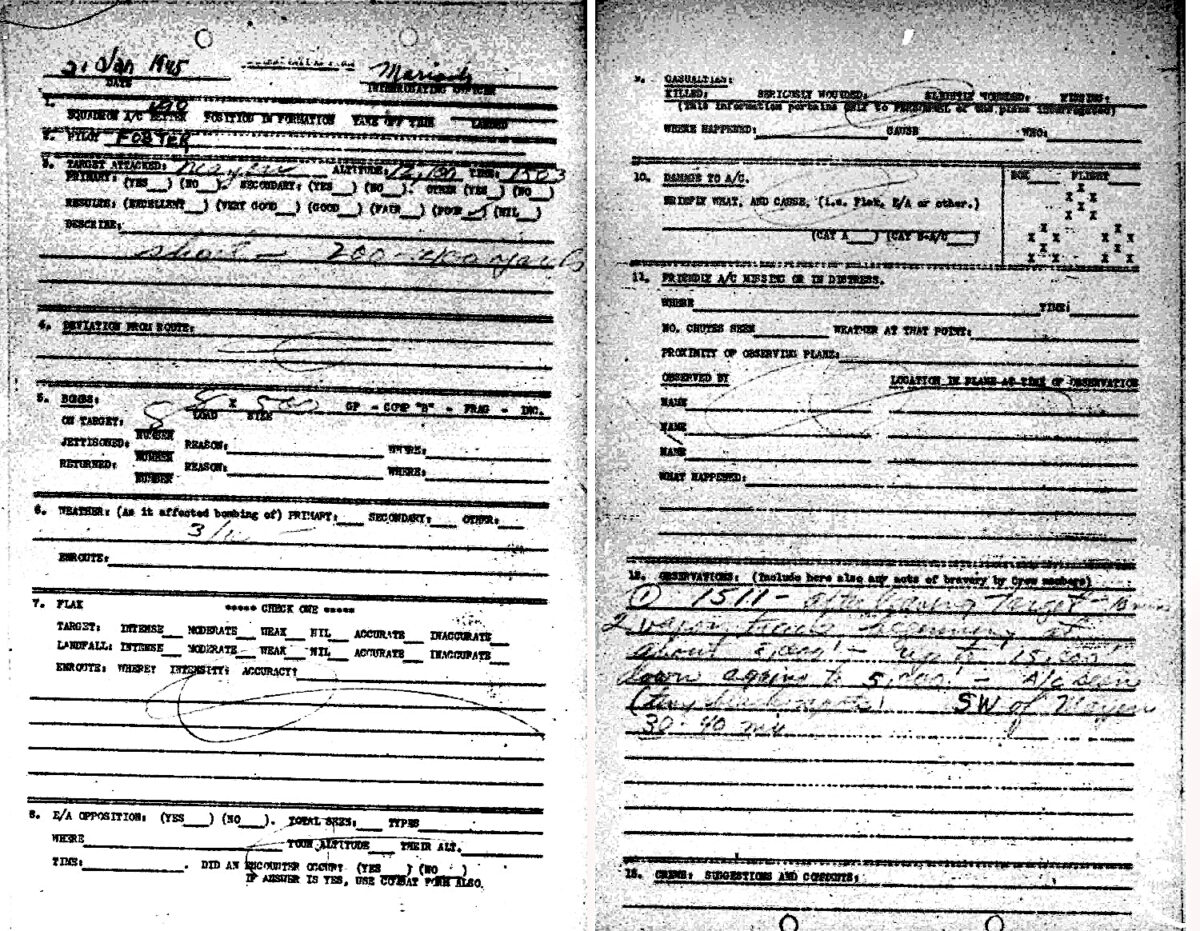
Foster reports that 8 – 500lb bombs were dropped from 12,500 ft at 3:03 pm. The bombs appeared to have missed the target by 200 – 400 yards. The skies were 3/10 cloudy. After bombing vapor trails were seen from distant planes SW of Mayen. No enemy flak was reported. There were no injuries or damage.
On his sixth mission with the bomb group,
On February 22 the Group took part in a vast plan which had been the object of study by our lead Bombardiers, Navigators and Squadron Commanders for approximately one month previously. Top Secret information forwarded from Ninth Air Force disclosed the plan for the Eighth Air Force and the Royal Air Force to simultaneously bomb a network of communications centers behind the German Front lines in Germany, which would destroy rolling stock in the Marshalling Yards, tie up transportation of supplies and the shuttling of troops from the enemy’s reserve areas and Eastern front, and be a signal for our forces to start the penetration of the enemy defenses along the Rhine River.
Our part in this offensive was a maximum effort of Aircraft with eight targets as the objective. These targets were the Railroad bridges and Marshalling Yards at Hamm, East of Cologne, and a Railroad bridge
and road bridge at Betzdorf. The railroad junction at Haiger, a Railway Station and Railroad bridge at Alsfeld, and the Railway station at Lauterbach. One (1) flight proceeded to each target and bombed at an
average altitude of 8,000 feet. After bombing, they were to lose considerable altitude on the turn off the target and return to the same objective, strafing
whatever installations remained in the target area. The plan so far as the 344th Group was concerned proceeded without a hitch and each flight caused severe damage to each of the targets attacked.
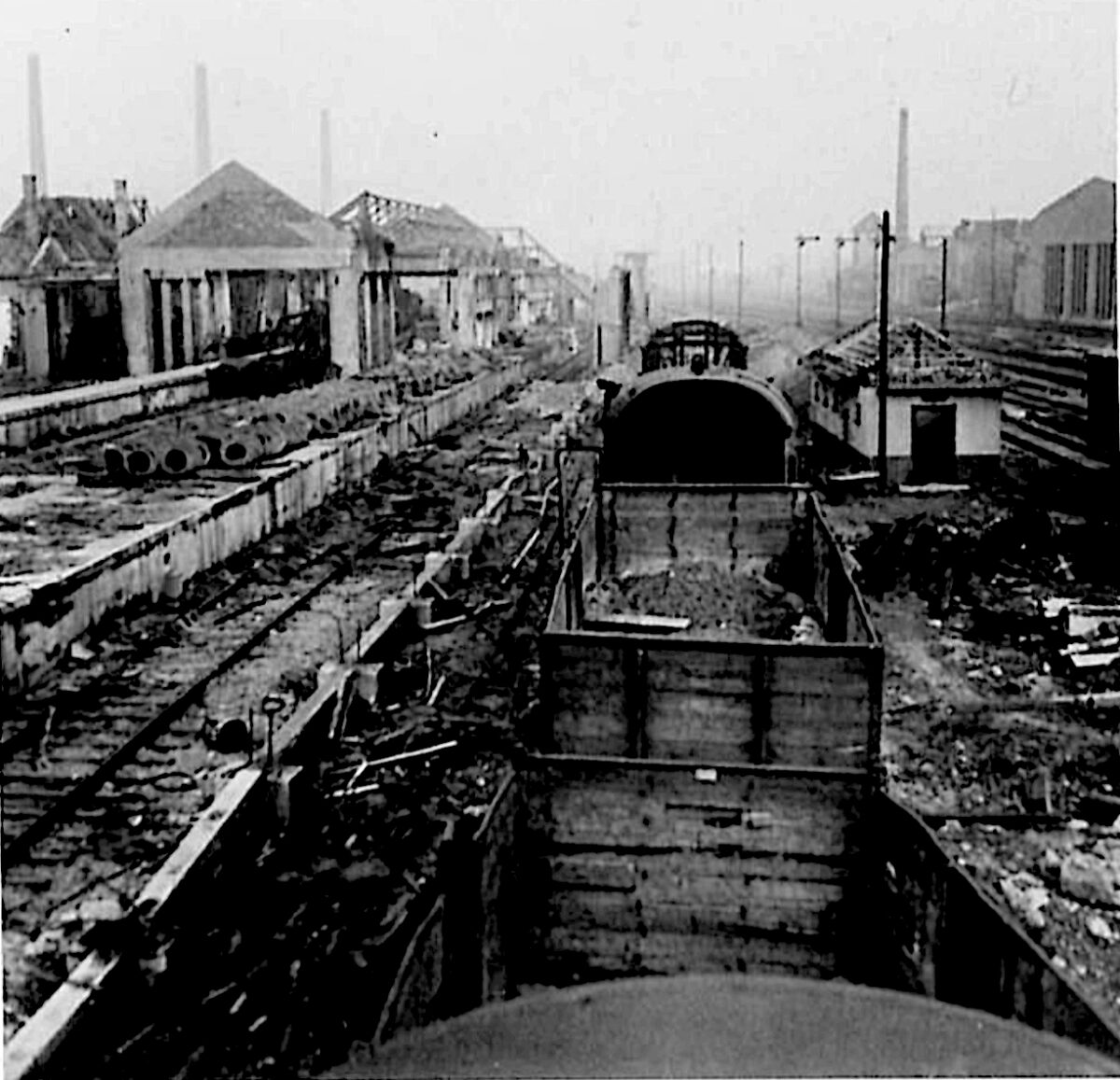
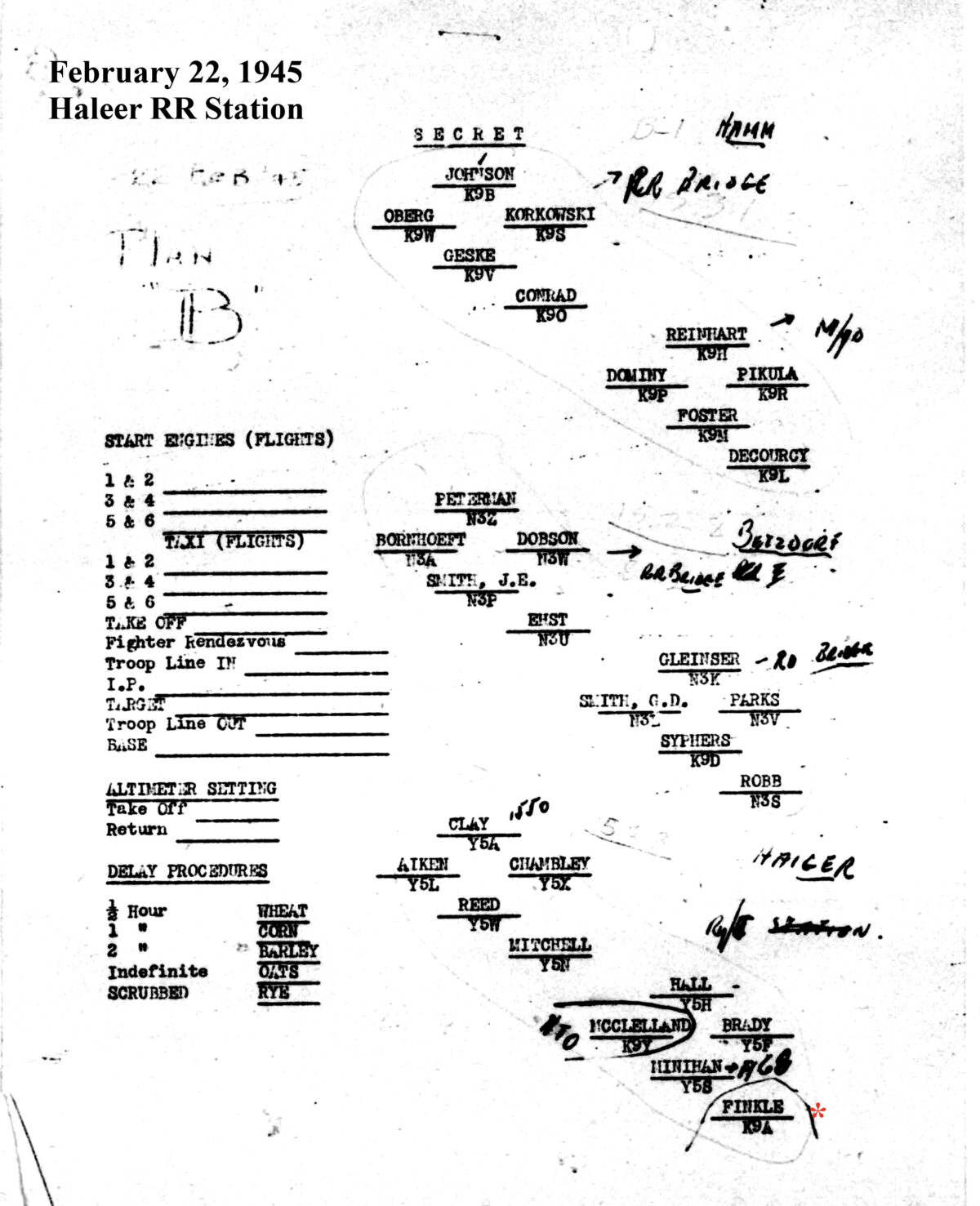
On the mission of Feb. 22, 1945, 2nd Lt. Landor flew in position 3-2-5 with Finkle as his pilot.
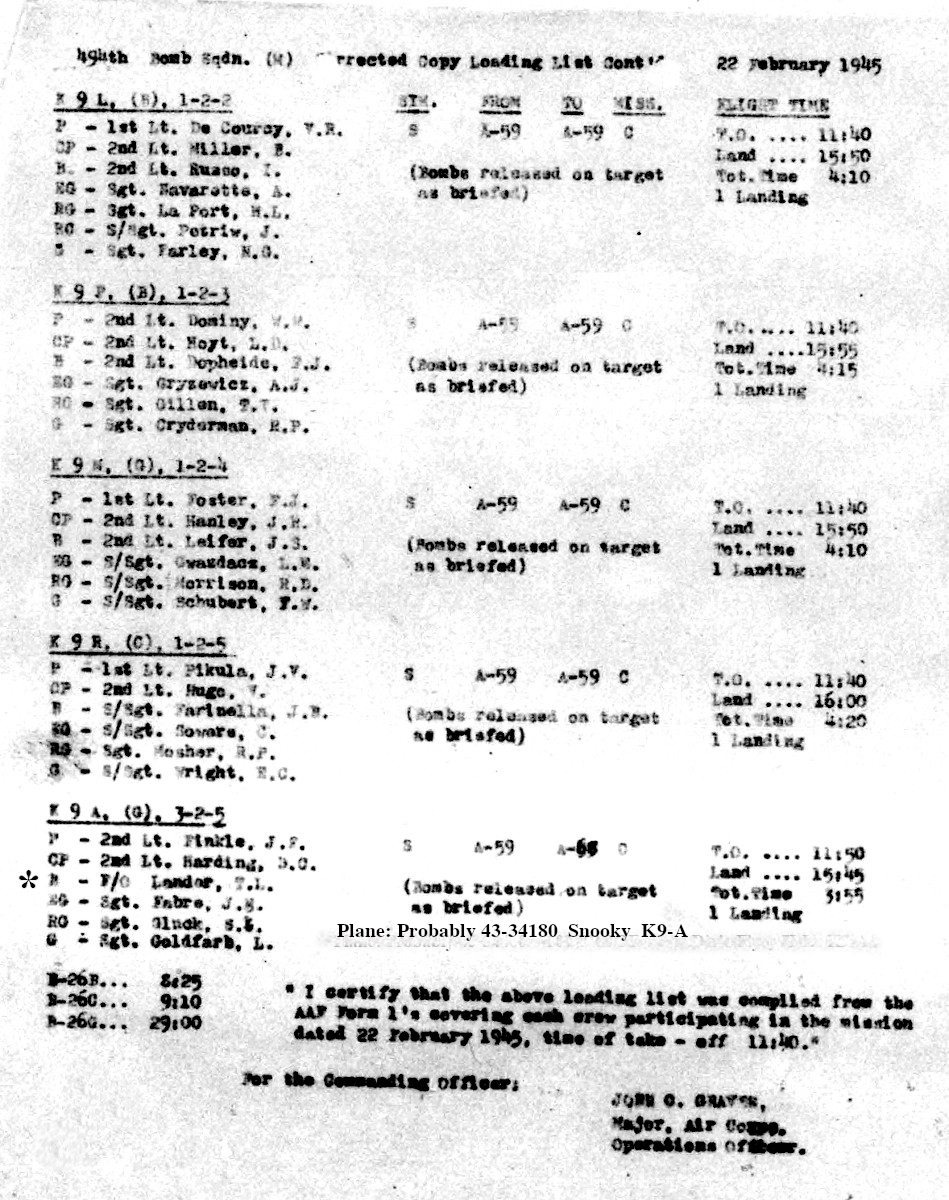
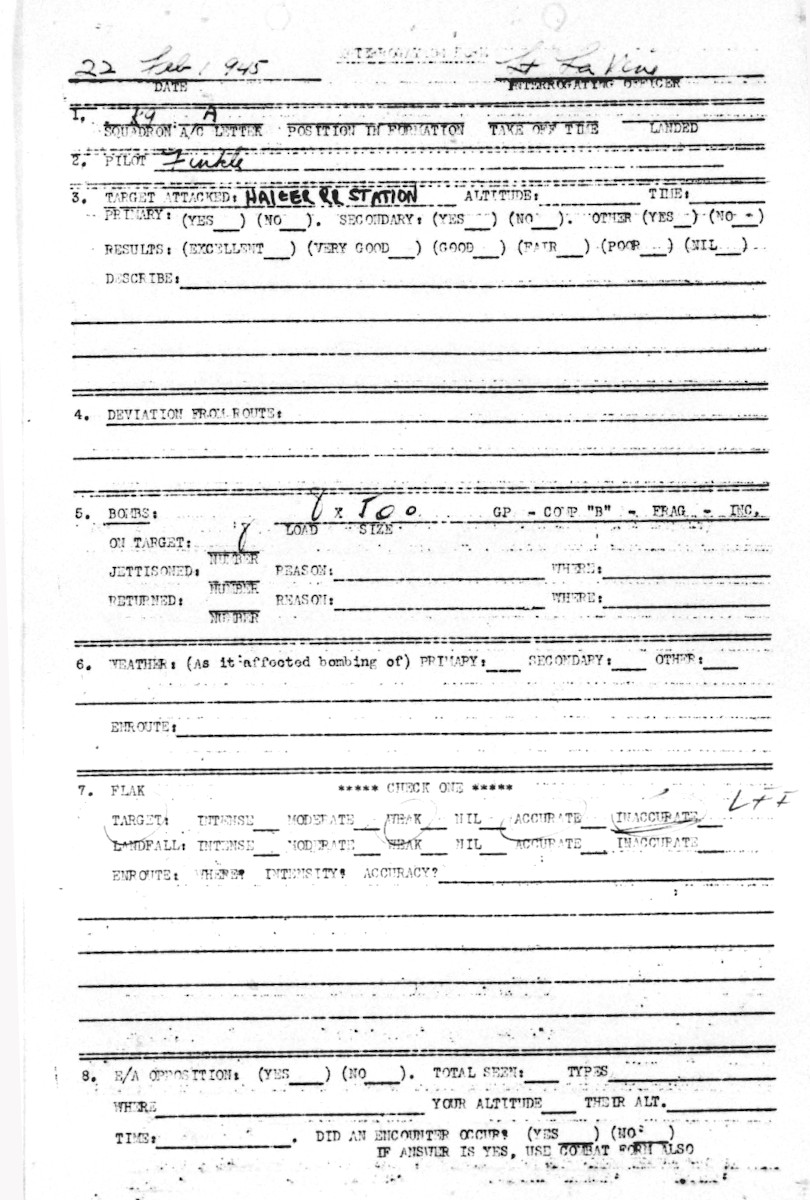
April 25 Landor and crew bombed the Erding Airdrome with excellent results. 48 Aircraft participated, and no flak was encountered; however, the formation was again approached by ME-262 Jet Planes, but these enemy
Aircraft did not attack.
This was the last mission that the 344th Bomb Group and 2nd Lt. Thomas Landor flew against the enemy, though they were briefed on two more.
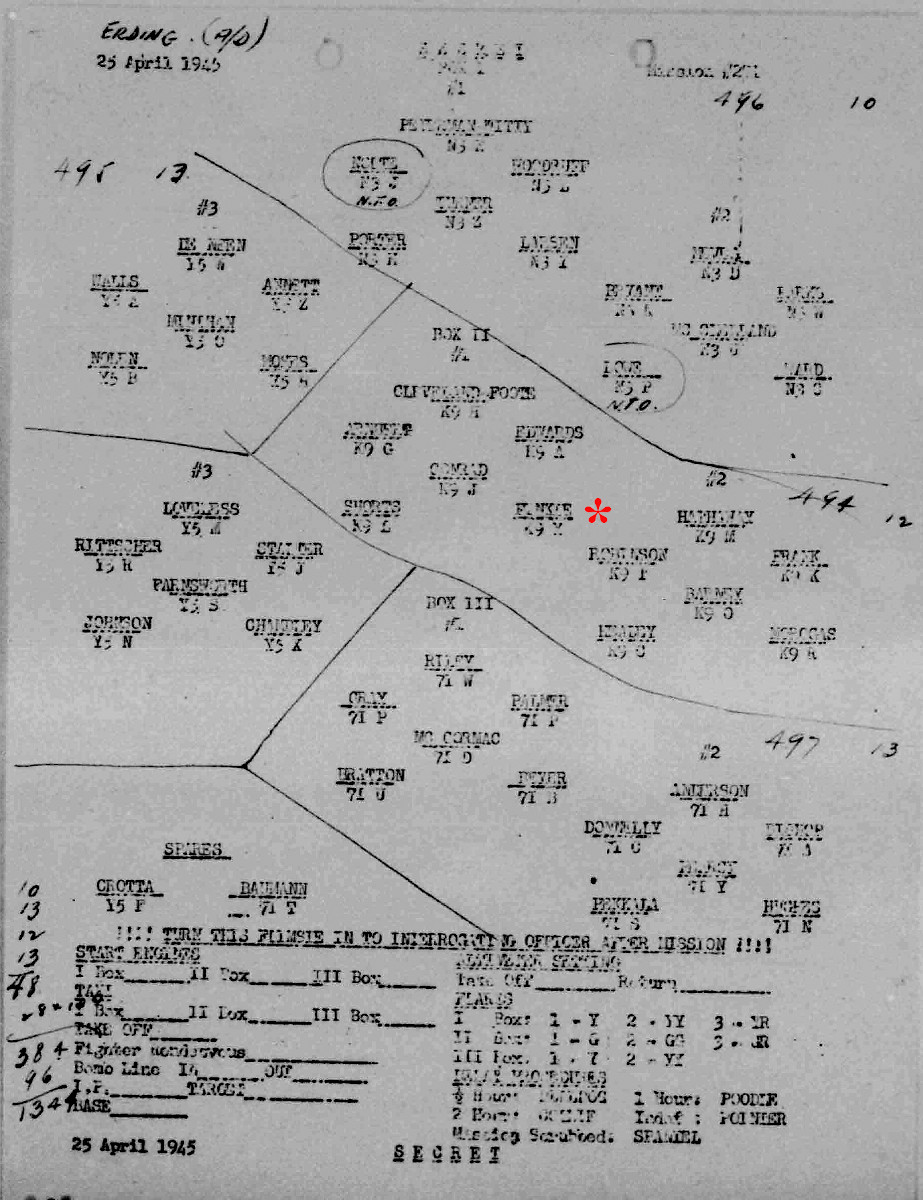
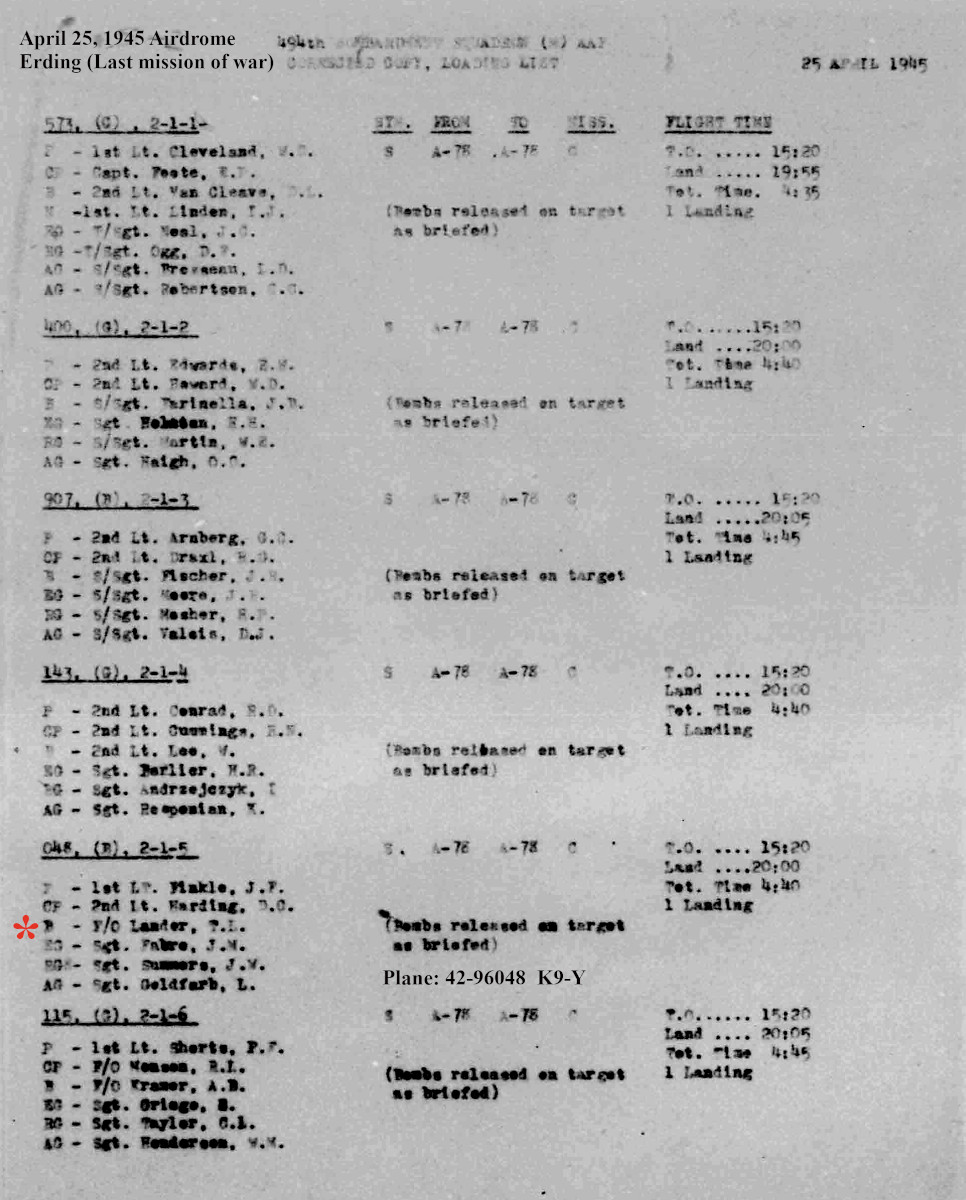
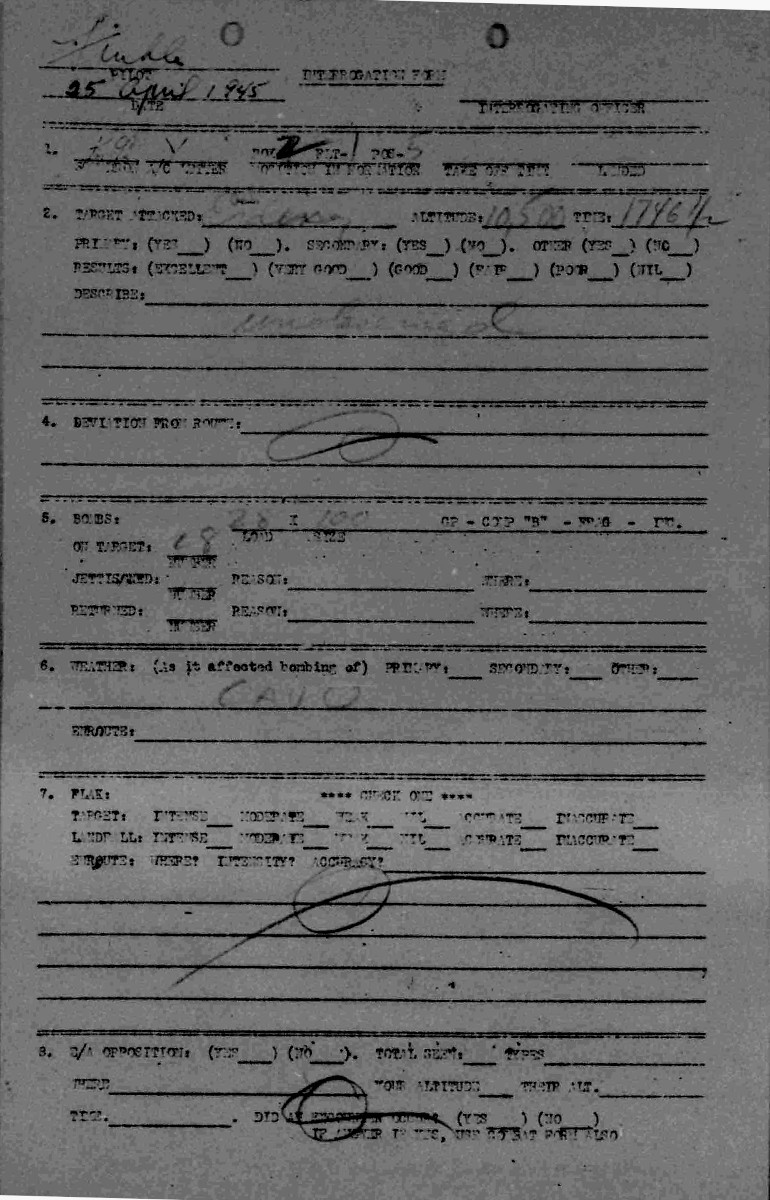
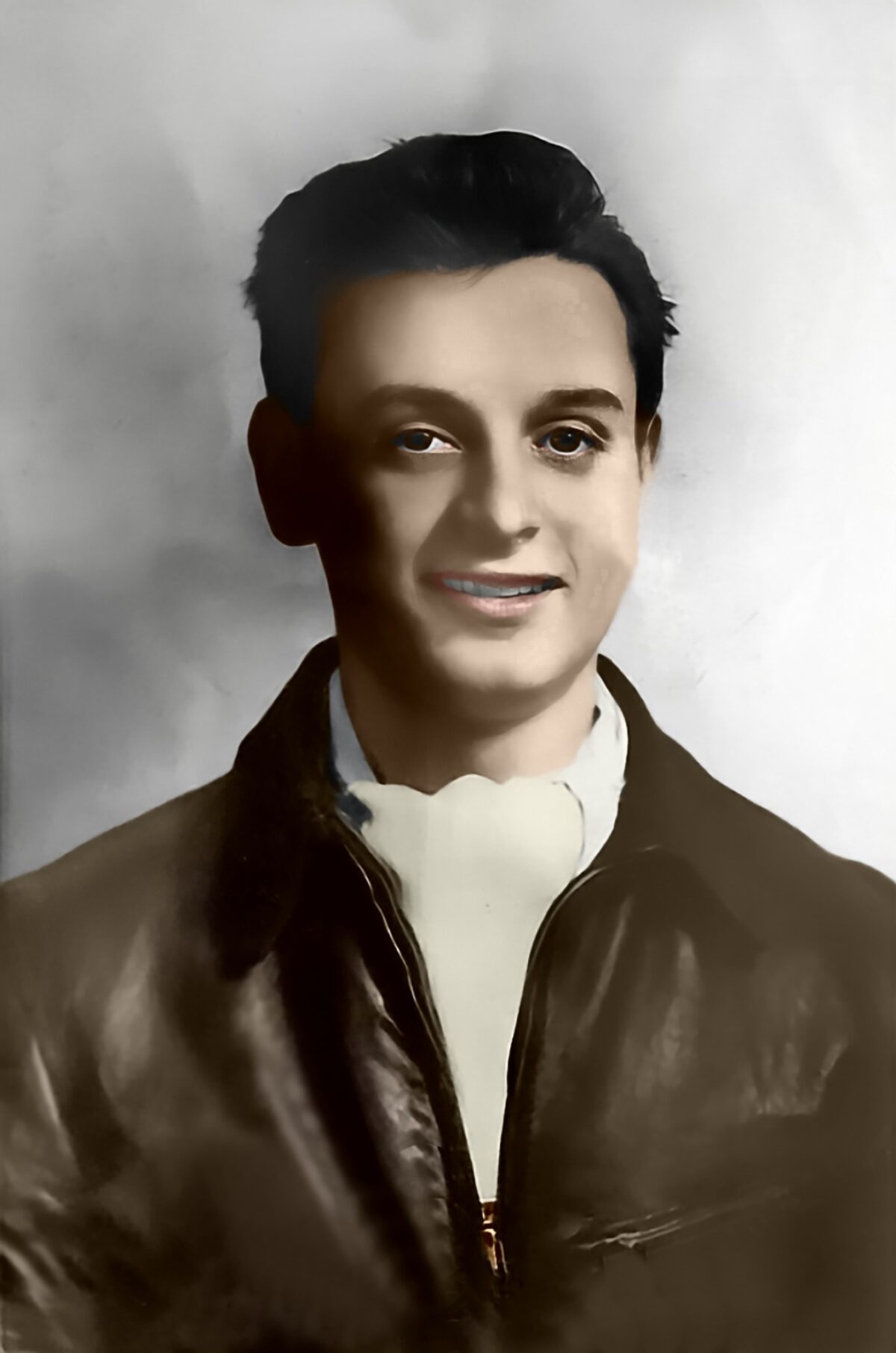
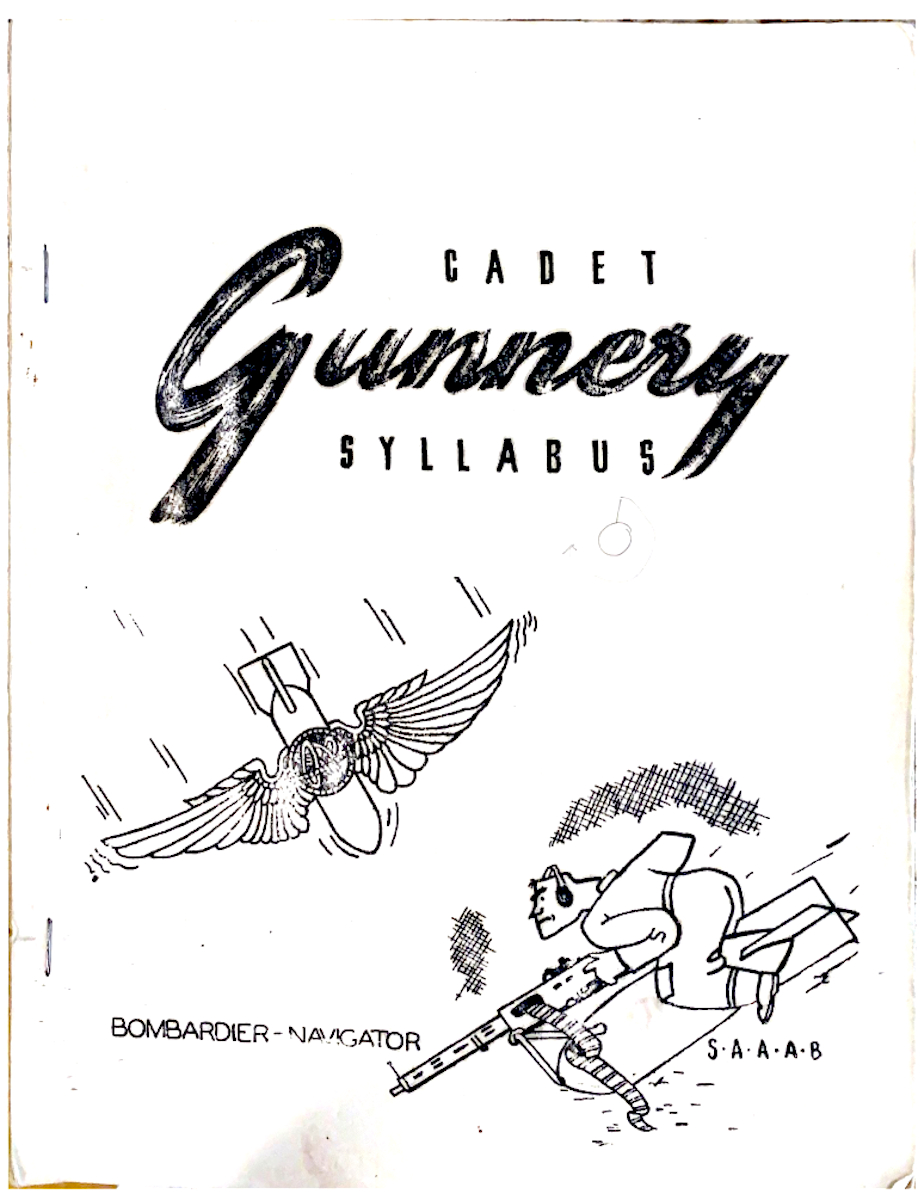
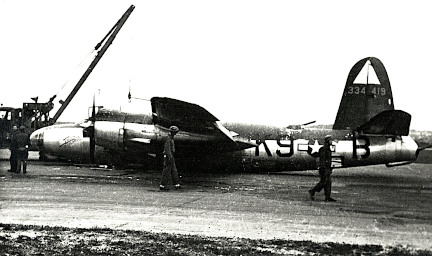
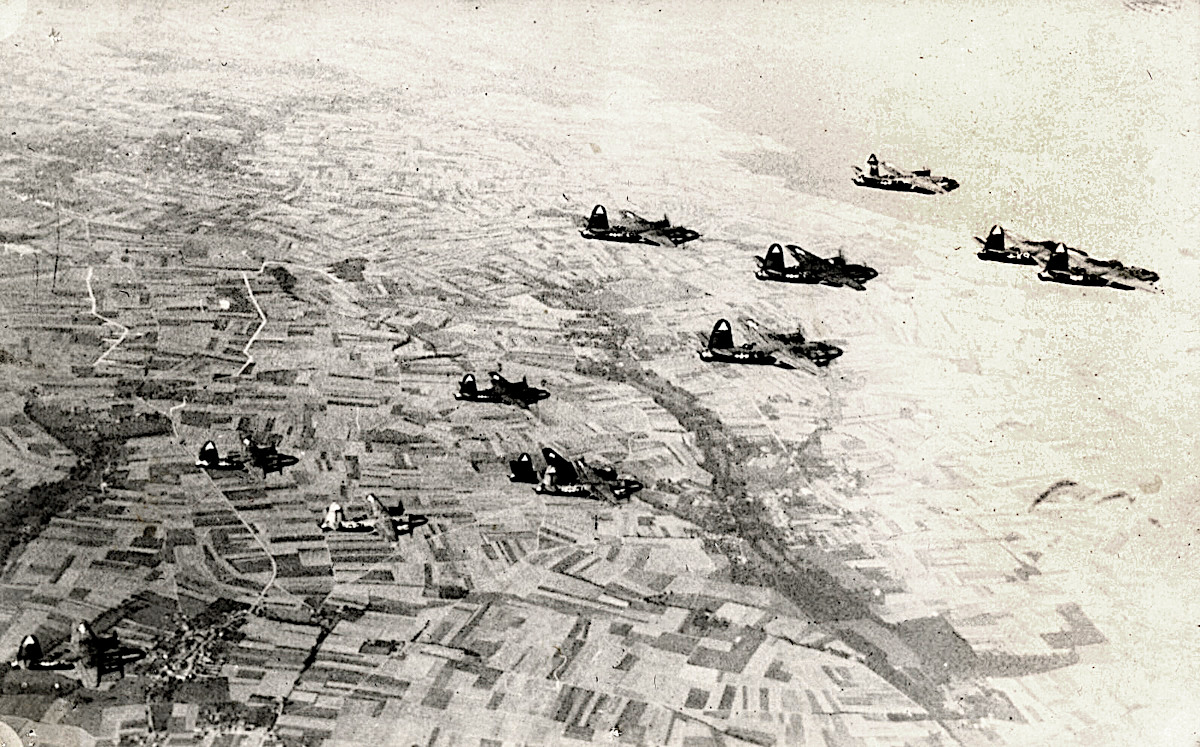
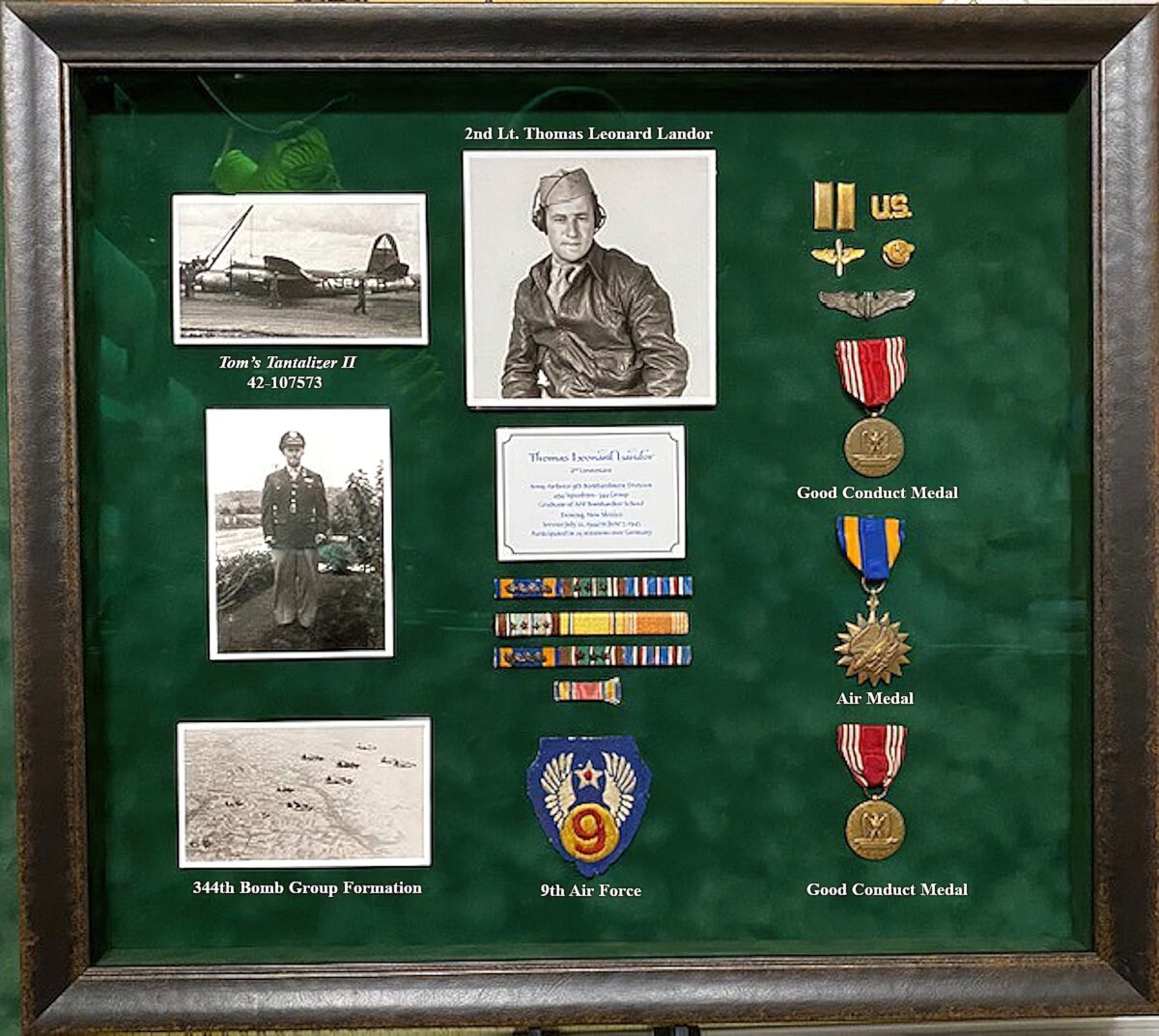
To the right of Landor’s portrait: 2nd Lt (2 gold bars), U.S. officer pin, “ruptured duck” pin (indicates honorable discharge), bombardier wings
Center: Ribbons are left to right, top to bottom; Air Medal with 4 oak leaf service clusters, Mediterranean European service medal with 3 or 4 bronze stars, American Campaign Service Medal, American Service Medal (preWW2- LIGHT YELLOW)
Bottom ribbon in center: IS WW2 Victory Medal
